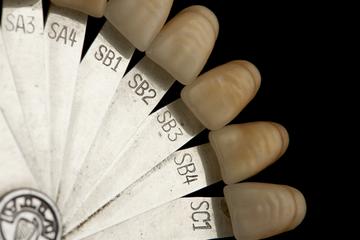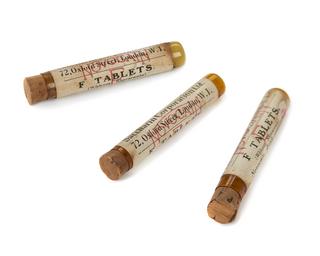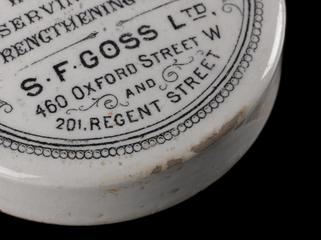

Dental pelican, adjustable, two claws, steel, Europe, 1720-1800
Dental pelicans are so-called because they supposedly resemble the shape of a pelican’s beak. They are believed to date back to the 1300s and are among the very earliest instruments designed to remove teeth. There are many variations in the design of these simple instruments.
The process was undoubtedly painful for the patient and possibly caused damage to the gums and surrounding teeth. Tooth pulling was the only cure for diseased teeth or toothache and was carried out by barber-surgeons and travelling practitioners.
Details
- Category:
- Dentistry
- Collection:
- Sir Henry Wellcome's Museum Collection
- Object Number:
- A616621
- Materials:
- steel
- Measurements:
-
overall: 39 mm x 141 mm x 88 mm, .156 kg
overall (open): 141 mm x 72 mm x 40 mm,
- type:
- dental pelicans
- credit:
- Loan, Wellcome Trust




